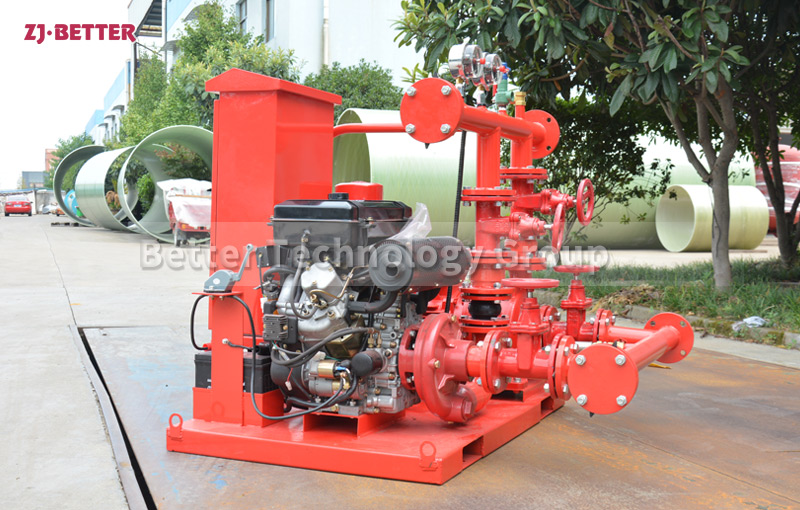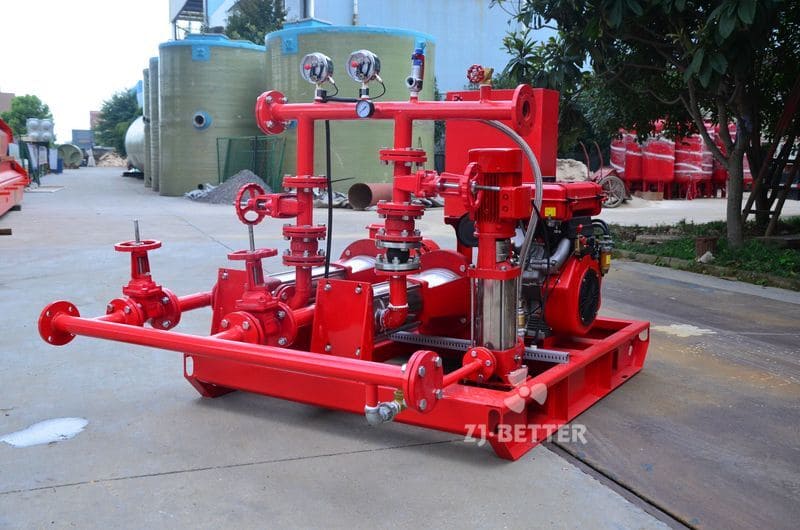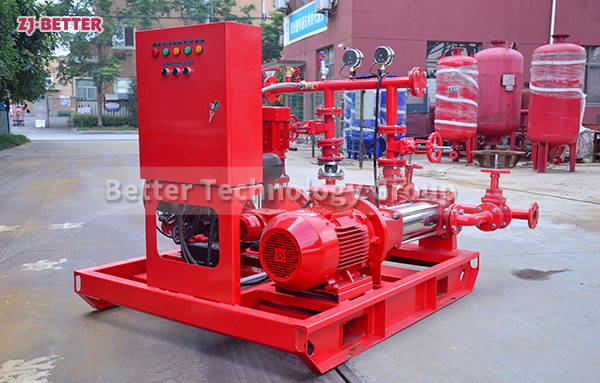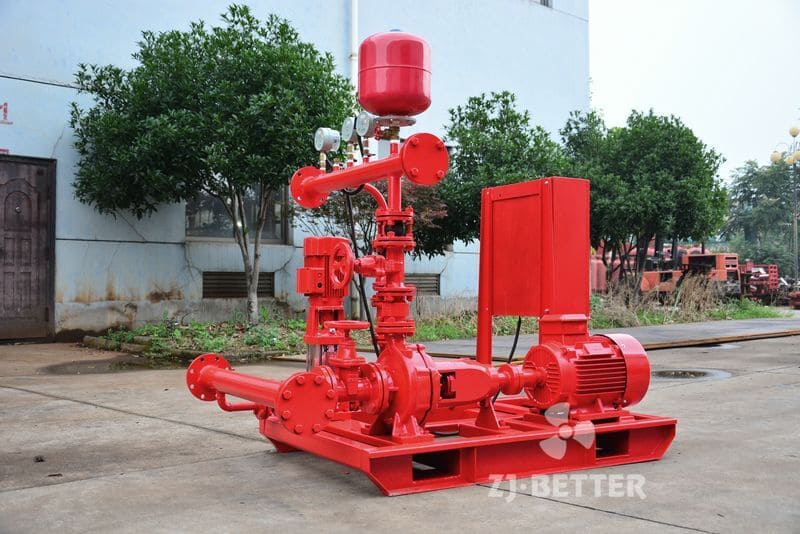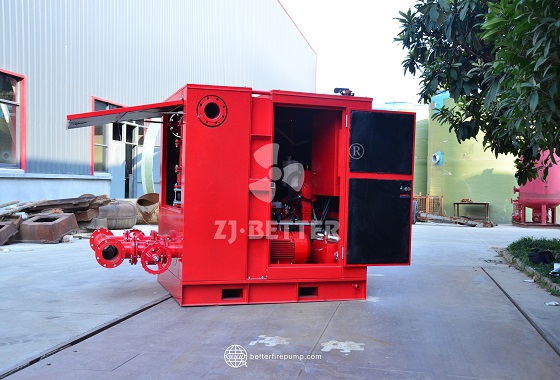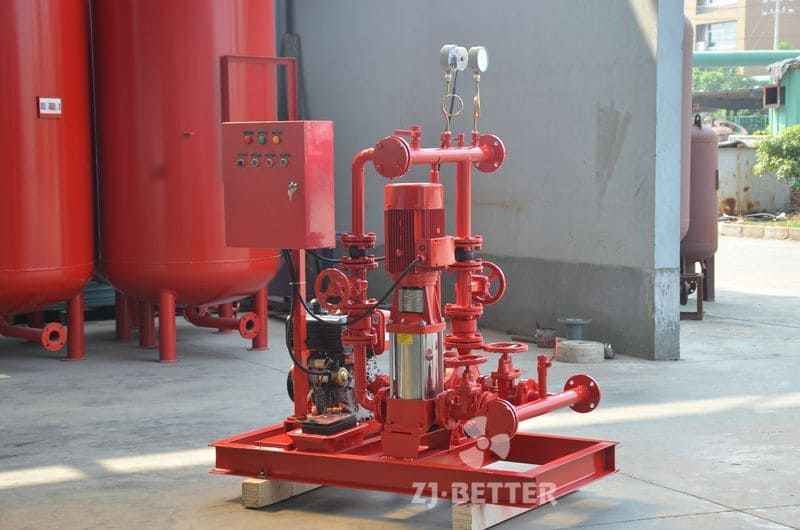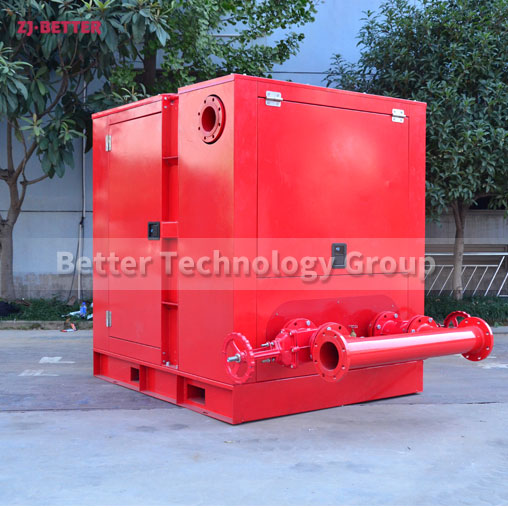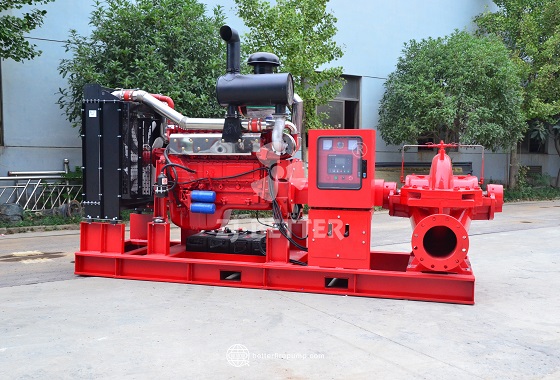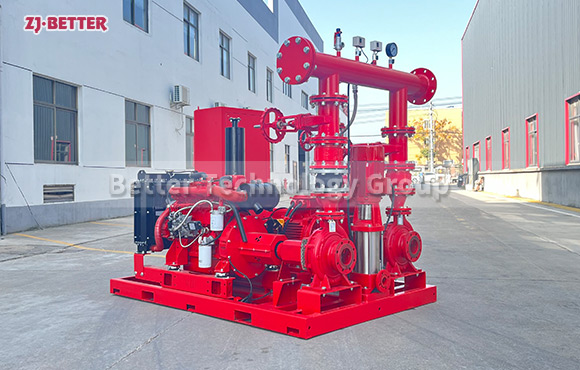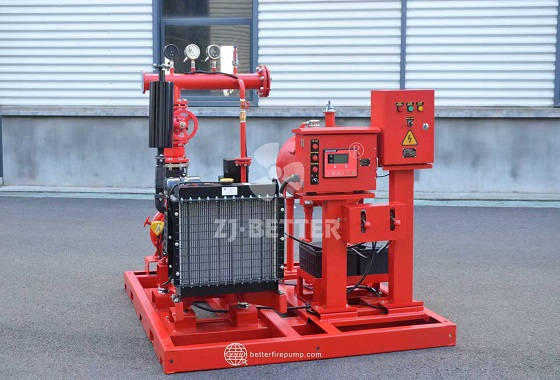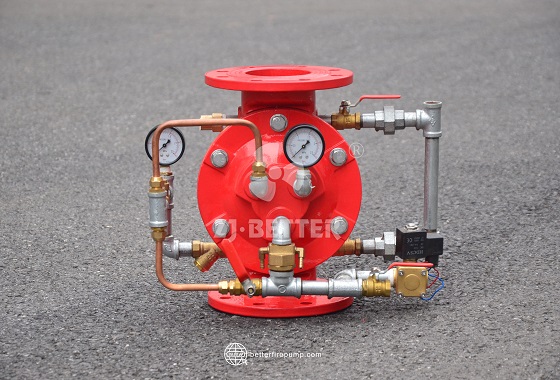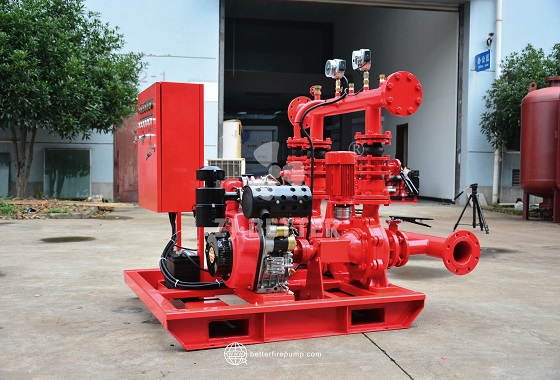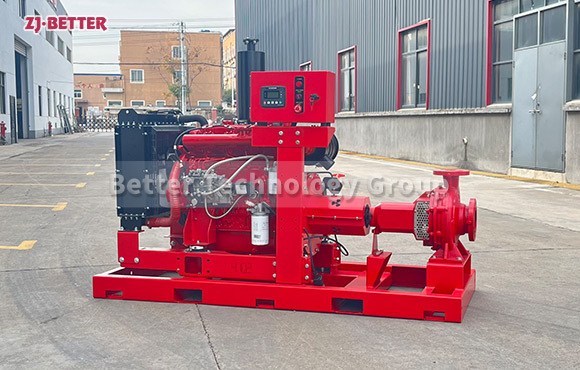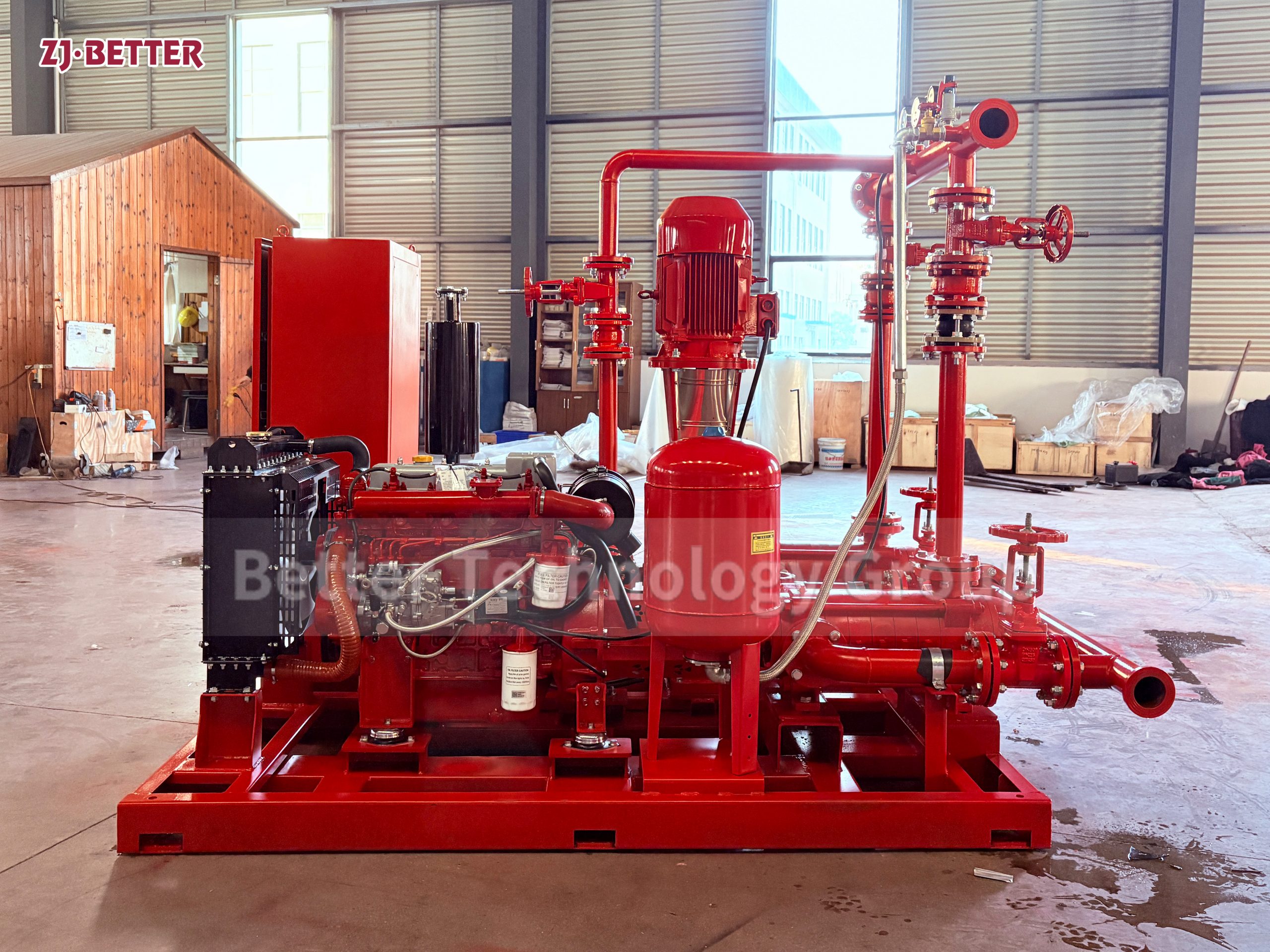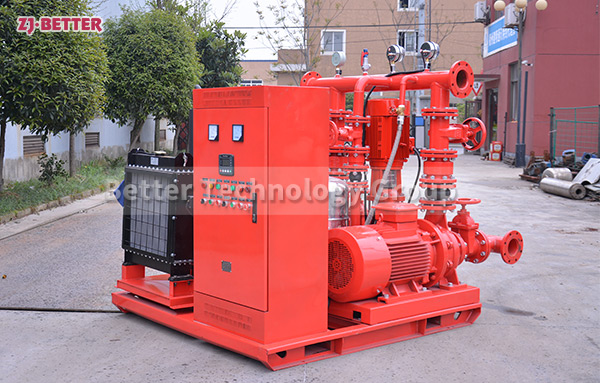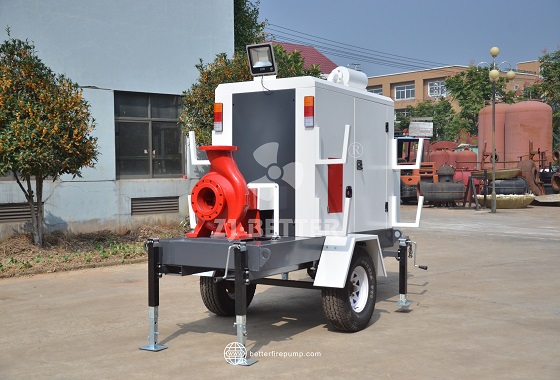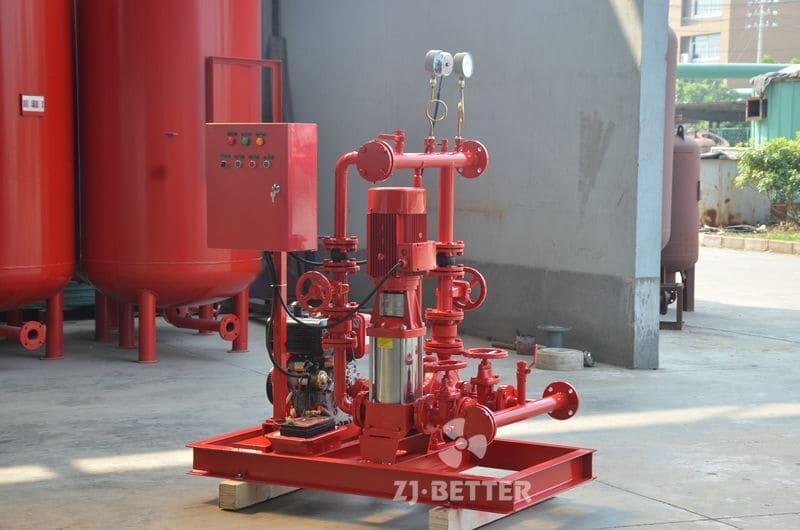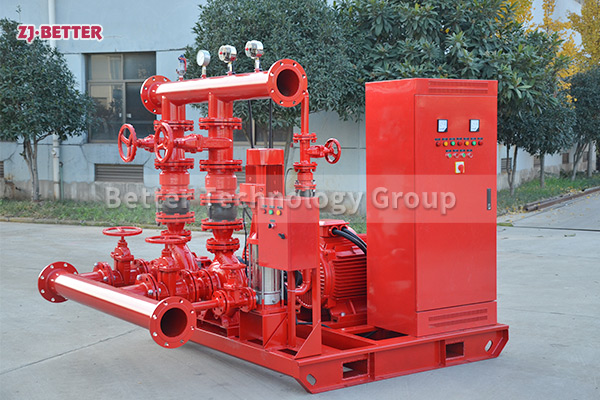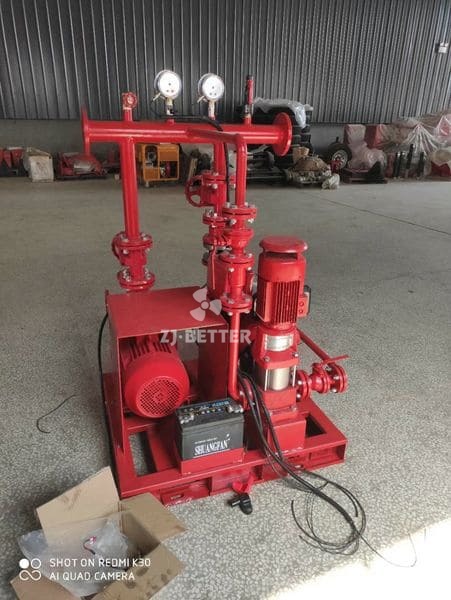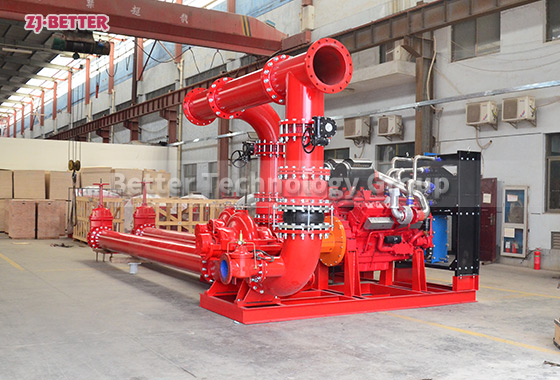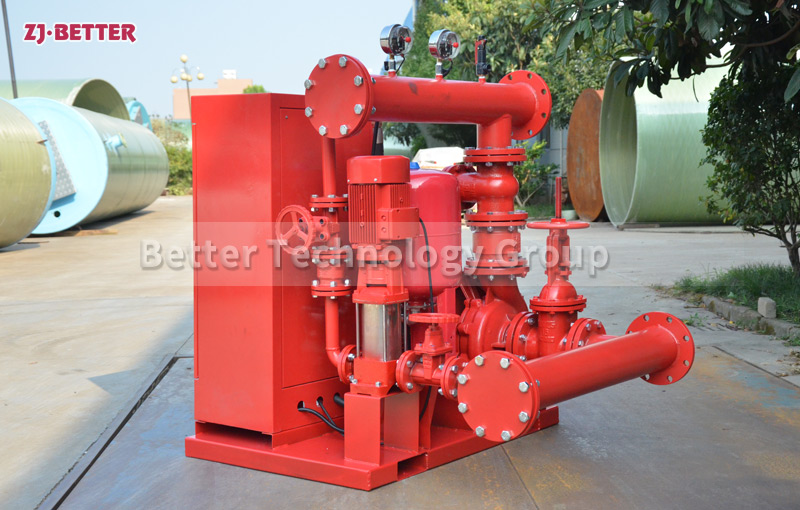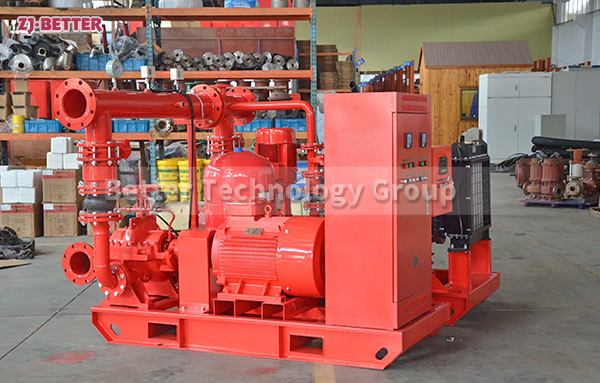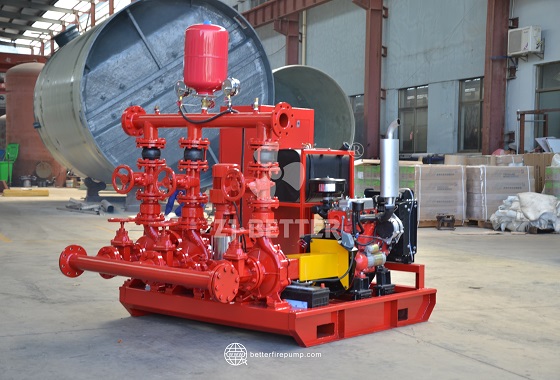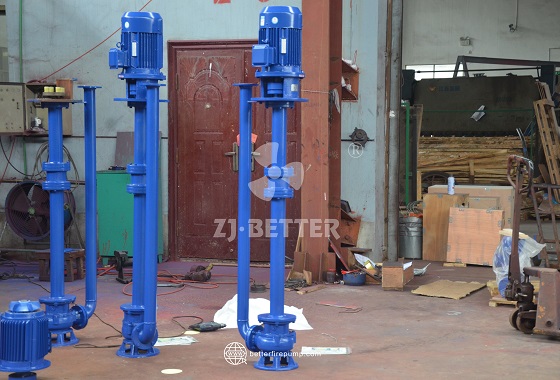Flexible Configuration and Efficient Operation: Versatility of Electric Fire Pump Systems in Multiple Scenarios
The highly efficient and energy-saving electric-controlled fire pump unit offers advantages such as precise pressure monitoring, fast start-up, intelligent control, and stable operation. It is suitable for high-rise buildings, factories, warehouses, and public facilities, ensuring safe and reliable fire emergency water supply.
As an indispensable core component of modern building and industrial safety systems, electric fire pump units, with their dual advantages of flexible configuration and efficient operation, demonstrate exceptional adaptability and reliability in a wide range of scenarios. With the acceleration of urbanization, high-rise buildings, large complexes, industrial parks, transportation hubs, warehousing and logistics centers, and high-risk industries such as the petrochemical and power industries are placing higher demands on fire water supply systems. Electric fire pump units, due to their robustness, high degree of automation, flexible installation, and efficient operation, have become the preferred solution. Their design emphasizes not only rapid response, stable water pressure, and continuous water supply in emergencies, but also energy efficiency and low maintenance costs in daily operation, making them an excellent choice for diverse applications. One of the greatest advantages of electric fire pump units is their flexible configuration. The units can be modularly configured to meet the firefighting needs of different locations, with configurations including main pumps, pressure-stabilizing pumps, backup pumps, and control cabinets to meet the requirements of firefighting systems of all sizes. For large, high-rise buildings, the main pump provides robust water supply capacity to meet the water needs of high-risk areas. For small and medium-sized buildings or localized locations, the pressure-stabilizing pump maintains pipe pressure during normal operation, eliminating the need for frequent starting and stopping of the main pump and reducing energy consumption. Furthermore, the configuration of a backup pump provides redundancy for the entire system. Even if a pump fails during operation, the backup unit automatically takes over, ensuring uninterrupted fire water supply and enhancing overall system reliability. In addition to configuration flexibility, electric fire pump sets also offer significant advantages in operational efficiency. Their electric drive system offers fast response, low energy consumption, and smooth operation. They can start immediately and maintain stable output pressure when a fire breaks out, ensuring a continuous water supply to the fire extinguishing system. Compared to traditional drive systems, the electric motor offers stable speed, low vibration, and low noise, minimizing environmental disruption. These systems are particularly suitable for noise-sensitive locations such as hospitals, schools, and office buildings. Furthermore, electric fire pump sets boast high energy efficiency, reducing energy consumption while maintaining water supply pressure and flow, meeting green energy conservation requirements. Intelligence is another key advantage of electric fire pump sets. Their modern control system not only enables automatic start-up and automatic switching, but also uses sensors to monitor key parameters such as water pressure, flow, and motor status in real time, transmitting this data to a control center for remote monitoring and management. During daily operation, the system can intelligently adjust the operating status of the pump according to changes in pipeline pressure, thereby maintaining optimal working conditions and avoiding unnecessary energy waste. In the event of a fire, the control system can respond immediately, automatically starting the fire pump and providing the required pressure without manual intervention, greatly improving the speed and safety of emergency response. In addition, the maintenance of electric fire pump units is relatively simple. Due to the compact structure of the motor and less wear on parts, the maintenance cycle is longer and the maintenance cost is lower than other drive methods. Due to its modular design, component replacement and maintenance are more convenient, which can effectively shorten maintenance downtime and ensure the long-term stable operation of the system. In actual applications, electric fire pump units have demonstrated strong applicability in multiple scenarios. In high-rise buildings, electric fire pumps ensure balanced water pressure from lower to higher areas, preventing water pressure deficits caused by height differences. In large commercial complexes, they seamlessly integrate with sprinkler and fire hydrant systems to meet diverse firefighting needs. In industrial parks and production workshops, they provide high-flow, high-pressure water supply, meeting the stringent firefighting requirements of high-risk environments. In warehouses, logistics centers, and underground garages, electric fire pumps operate efficiently within limited spaces, meeting firefighting needs without occupying excessive floor space. In high-risk industries such as the petrochemical and power industries, electric fire pumps, with their high reliability and automation, ensure immediate system response in the event of an incident, safeguarding personnel and property. From an energy-saving and environmental perspective, the advantages of electric fire pumps are equally significant. Their high-efficiency motor, coupled with an intelligent control system, automatically adjusts operating mode based on actual water demand, avoiding the energy waste associated with prolonged full-load operation. To maintain steady pressure, the system only needs to operate a low-powered pressure-stabilizing pump, consuming far less energy than the main pump, significantly reducing operating costs. This feature not only complies with modern energy conservation and emission reduction policies but also brings long-term economic benefits to users. Electric fire pump sets also excel in safety. Their control system is equipped with multiple protection features, including overload protection, short-circuit protection, phase loss protection, overvoltage protection, and undervoltage protection, ensuring the equipment remains safe and stable in all operating environments. Furthermore, the system features fault alarms and self-test functions, which promptly alert maintenance personnel when a fault occurs, avoiding fire hazards caused by equipment anomalies. Compared with traditional equipment, the improved safety of electric fire pump sets has greatly enhanced their application value in various projects. In the future, with the development of smart cities and intelligent buildings, electric fire pump sets will further evolve towards intelligence, modularization, and energy conservation. By integrating with the Internet of Things, big data, and cloud platforms, fire protection systems will achieve a higher level of intelligent management and remote operation and maintenance, further enhancing safety assurance capabilities. With its comprehensive advantages of flexible configuration, efficient operation, intelligent control, low energy consumption and high reliability, electric fire pump groups have become irreplaceable core equipment in modern fire water supply systems. Their multi-scenario applicability determines that they will continue to play an important role in the future fire protection field and provide all-round safety protection for various buildings and facilities.





